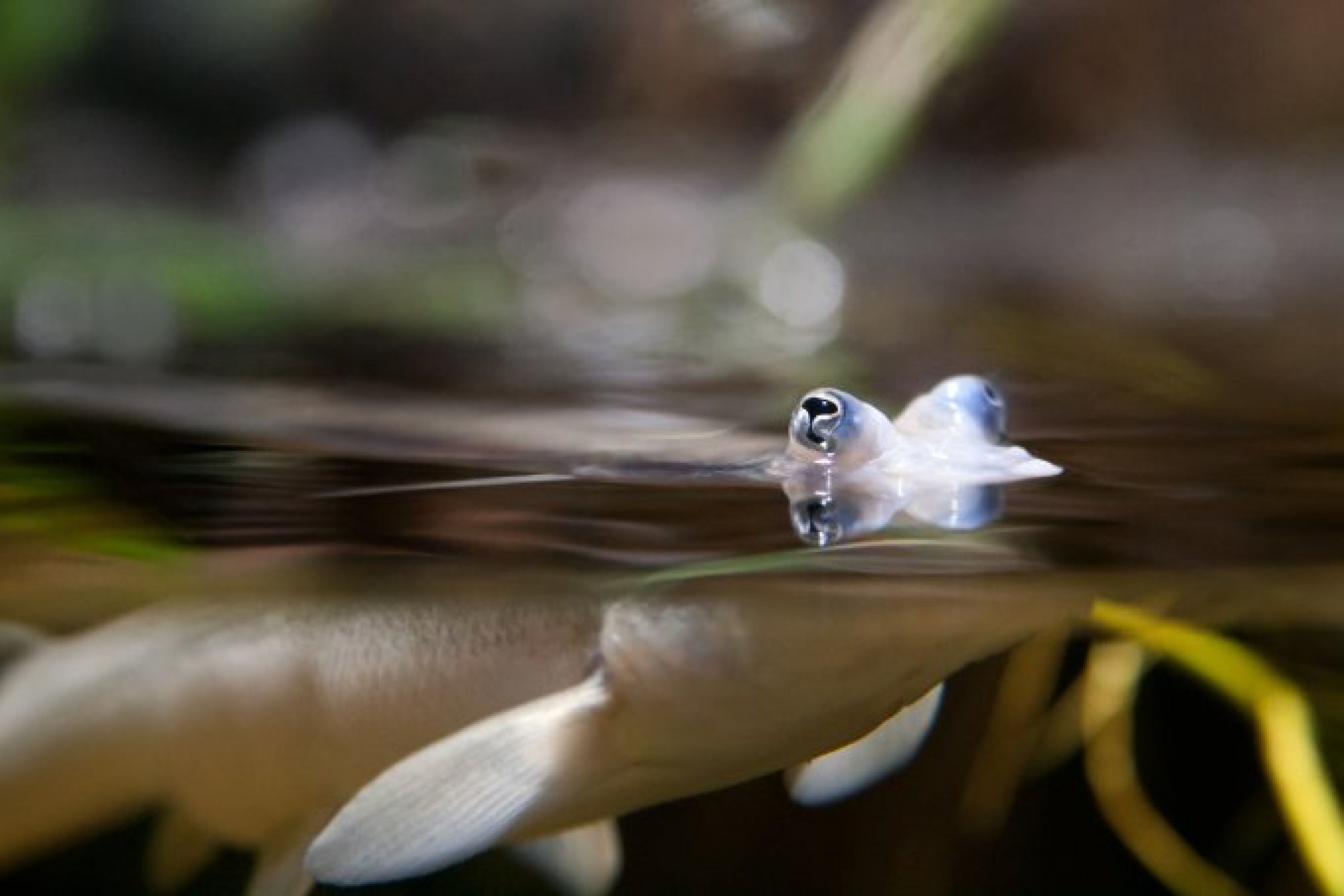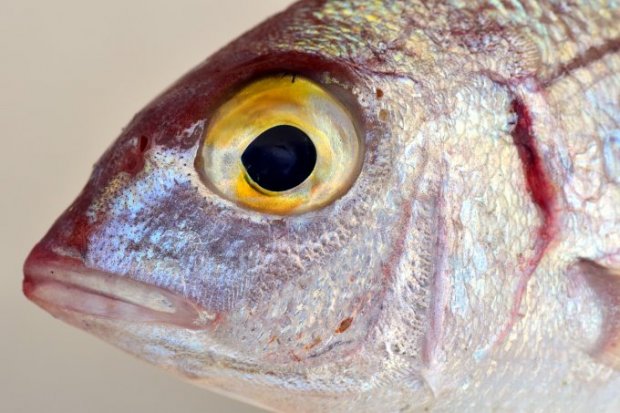CAUSES OF EXOPHTHALMOS IN AQUARIUM FISH

Thursday, 25 April 2024

Eye infections of various origins are a common occurrence in aquarium fish. It is not even known from where, when and under what circumstances eye infections appear in a fish that at first glance appears very dangerous. Fortunately, many of them only look threatening. Most infections and their painful, unpleasant effects can be quickly combated - you just need to know their causes and the right course of action.
The most common causes of exophthalmos in fish are septicaemia and tuberculosis.
Septicemia can result from poor conditions in the aquarium. Furthermore, it is often also the result of a skin infection, e.g. associated with fin necrosis. Bacteria as a result penetrate into the blood vessels and the heart muscle itself - thereby causing a series of inflammations and leading to tissue destruction. Damage to these areas causes leakage of body fluids into the abdominal cavity, which in turn results in swelling. In most cases, inflammation of the blood vessels is located on the skin and at the base of the fins - this is where the greatest lesions can be seen.
With this disease help of vet is necessary - he should choose proper antibiotics which will eliminate infection.

Tuberculosis is an infectious disease caused by strains of bacteria. Tuberculosis is an infectious disease caused by strains of bacteria and is becoming increasingly popular among fish - infected fish should be separated from other fish as soon as possible to avoid secondary infections. Tuberculosis-infected fish lose weight despite having a normal appetite (in contrast to septicaemia) - all this is due to the enormous damage caused by the disease to the external organs of the fish. In some individuals nodules develop under the skin, which in time transform into ulcers, they can also be located behind the eyes, thus causing exophthalmos. When a disease is found among aquarium fish, all precautions must be taken and treatment given. Definitive diagnosis is only possible in sections.
Humans can get infected with fish tuberculosis, which mostly causes nodules on the skin. However, it is mostly not a serious infection.
Veterinary assistance is required to control the symptoms. Fish that are infected should be removed from the aquarium. They must not be allowed to die in the aquarium, as they can be eaten by other inhabitants and thus infect further fish. All fish that have been in contact with diseased fish must be transferred to another aquarium - the present one must be thoroughly washed and disinfected. All fish that show symptoms of illness absolutely must not be combined with new individuals - if all fish are infected, unfortunately the aquarium must be set up anew.